Functional training is made-up of exercises that work all muscles at the same time, in comparison to bodybuilding, in which muscle groups are worked in isolation. Functional training can be beneficial for improving body awareness, motor coordination, agility, balance and muscle strength.
Functional training can be performed out by anyone and should ideally be monitored by a personal trainer. This type of training is dynamic and employs the use of several muscle groups, and can improve physical conditioning, endurance and muscular strength.
Functional exercises are performed mainly using your own body weight, however some exercises can also be done using some pieces of equipment, like dumbbells, resistance bands, cable pulleys, kettlebells and, yoga balls, among others, which are simple and cost-effective. It is important for functional training circuits to be established by a personal trainer based on each person's health goals and fitness levels.
Some examples of functional exercises are:
1. Squats

Squats are a great exercise not only to strengthen the core, but also to work the lower limbs. They can be done using your own body weight or with dumbbells.
How to perform: for the squat to be performed correctly, it is important to position your feet facing forward and shoulder-width apart. If you are using a weight, hold it out and in front of your body. Then brace your core, lower your bottom to the floor as if you were about to sit, then return to the starting position. This movement should be repeated for the time indicated by the instructor.
2. Single-hand kettlebell swing
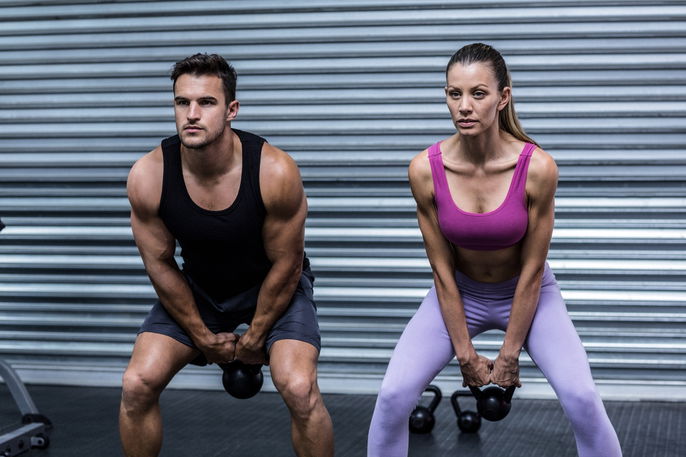
This exercise is done using the kettlebell and can be used to complement the squat, as it helps to drive ankles, knees and hip extension.
How to perform: To perform this exercise, hold a kettlebell with your right hand and slightly bend your knees. Push your pelvis forward and extend your knees as you raise the kettlebell to shoulder height, then lower the kettlebell between your legs as you get into a squat position.
Because functional training is dynamic, you can swap the kettlebell to your other hand as you return to a starting position, so that you can work both sides within the same set.
3. Burpee
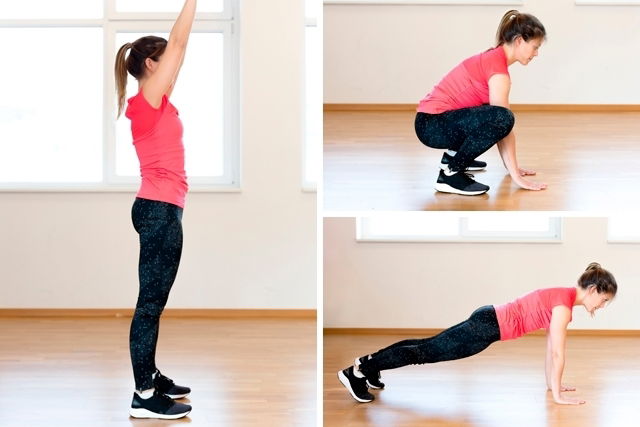
Burpees are ia simple and very complete exercise that helps to promote your person's cardiorespiratory capacity. It can be included in functional training workouts to increase heart rate and promote calorie burning.
How to perform: Burpees basically consist of getting from a lying floor position to a standing position very quickly. To perform the movement, lower your hands to the floor and throw your feet behind you as you lower your torso to the ground. Then jump your feet close to your hands, and jump up to stand up, stretching your arms upwards.
It is important that the person maintain a consistent rhythm while performing burpees.
4. Overhead press
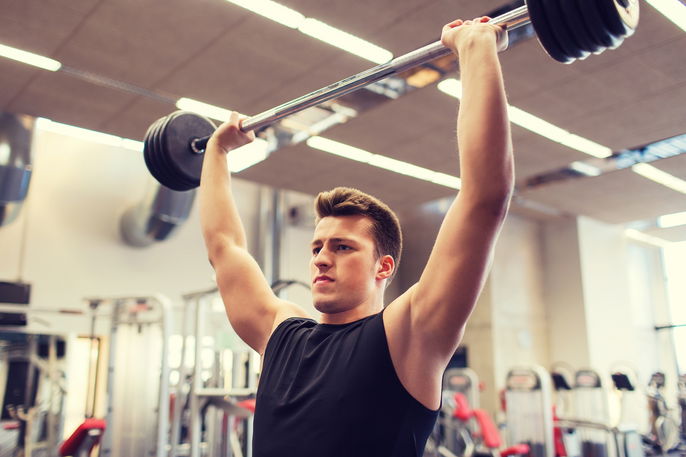
This exercise helps to promote core and shoulder stability and can be done with dumbbells or a barbell.
How to perform: Executing this exercise is simple, just position the dumbbells or bar at shoulder height and raise them above your head. Repeat the movement for the time indicated by your personal trainer.
5. Plank
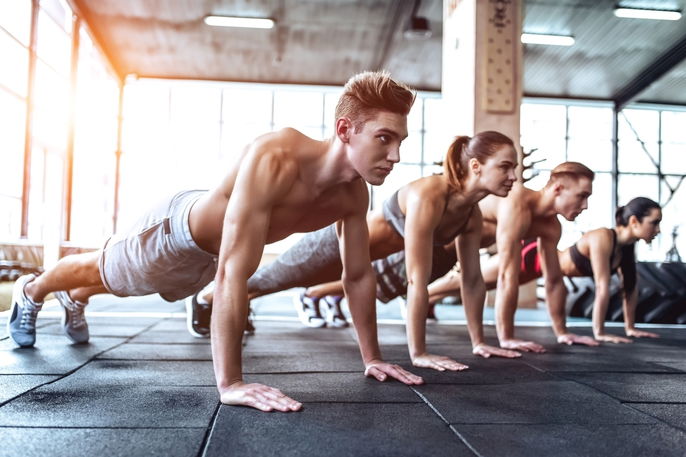
Planks are a great exercise that promote shoulder stability and core rigidity. It works the muscles in the abdominal, lumbar and pelvic area to ensure spinal stability.
How to perform: To perform the plank, get on all fours on the floor. Place your hands or elbows under your shoulders, and your toes straight out behind you. Hold this position for as long as recommended by your personal trainer.
6. Battle ropes
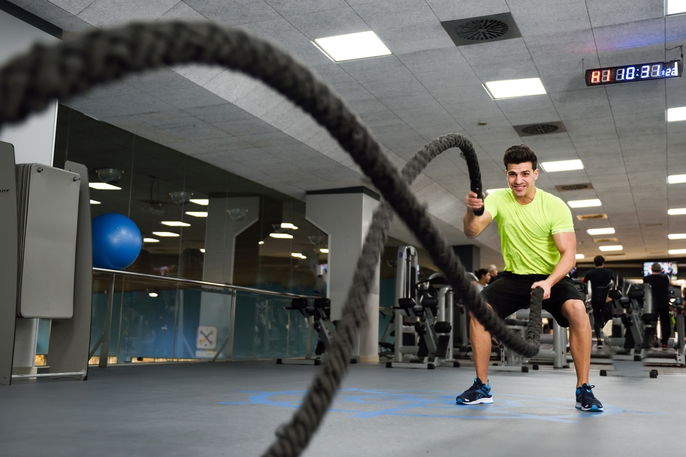
This exercise increases core resistance and promotes physical conditioning, which is why it is often incorporated into functional circuits.
How to perform: Battle ropes are typically found in pairs. Hold one rope in each hand, and with your core braced and knees slightly flexed, then alternate your hands up and down movements to form waves with the ropes.
7. Single-leg deadlift
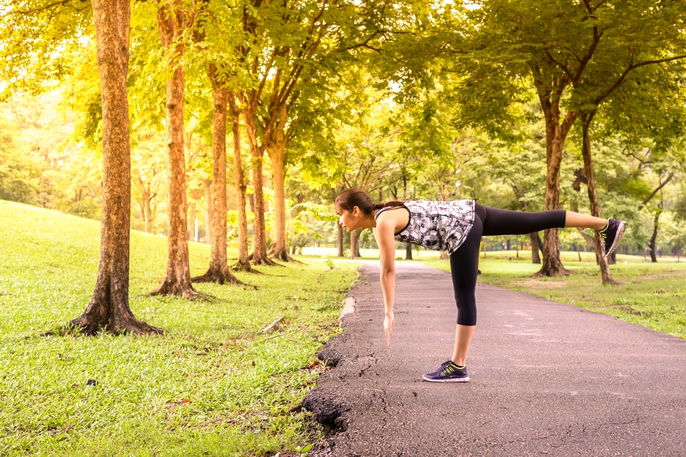
A single-leg deadlift can also be included in functional training, as it allows you to work the back of the leg, lower back and abdominal muscles.
How to perform: This exercise can be done with a dumbbell or kettlebell, which is held in front of the body with just one hand. The leg on the same side of the hand with the weight remains fixed on the floor. Lower the weight to your toes and raise the opposite leg behind you, then return to the starting position, It is important to keep your back straight and your core braced.
Then repeat on the other leg, as advised by your personal trainer.
8. TRX triceps
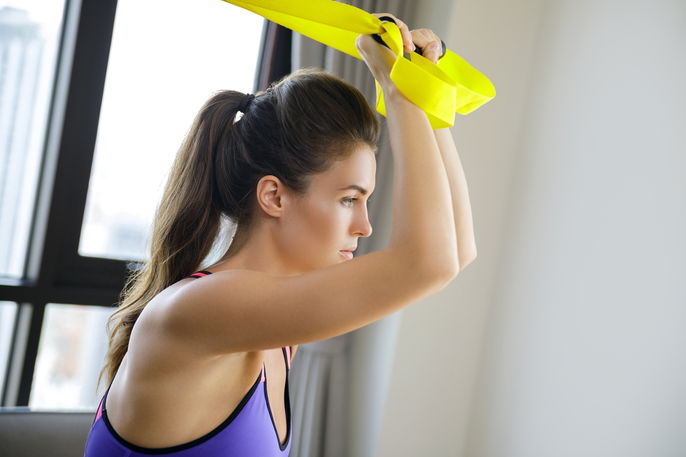
TRX cables are a very versatile piece of equipment and can be included in functional training in various ways to increase the difficulty of movements and achieve several fitness goals.
How to perform: To work your triceps on the TRX, it is important to adjust the cables to your difficulty level. Hold the cables in front of you at chest level, then keeping your upper arms and core rigid, lean your body forward and bend your elbows at a 90 degree angle. Then return to the starting position.
9. Crunches
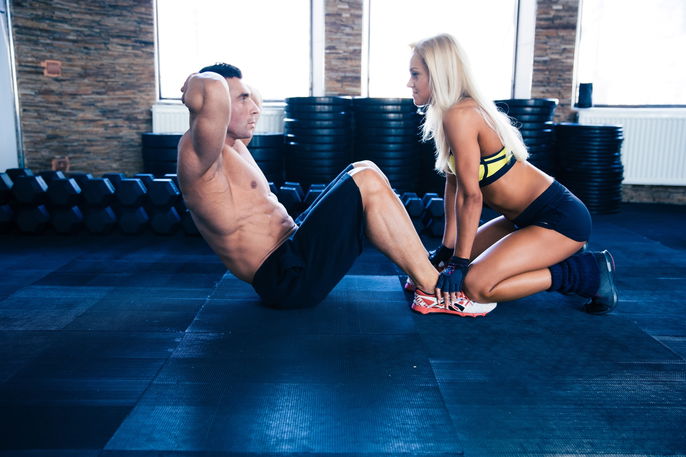
Although most functional exercises activate the core, it is also beneficial to perform abdominal exercises. Therefore, your personal trainer may incorporate lateral, upper or lower abdominal crunches depending on your fitness goals.
How to perform: Lie on your back on the floor with your knees bent and feet together, flat on the floor. Then, raise your shoulders from the ground and contract your abdomen, and hold this position for a few seconds, before returning to the starting position.






























